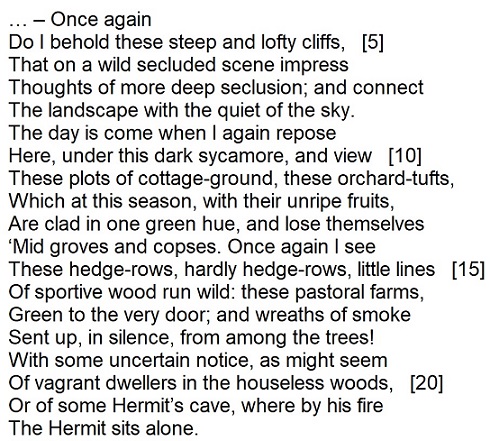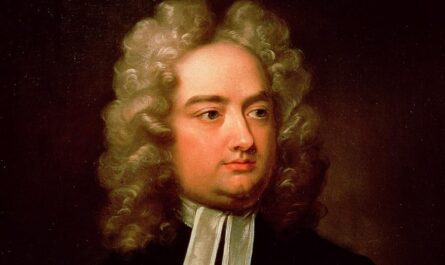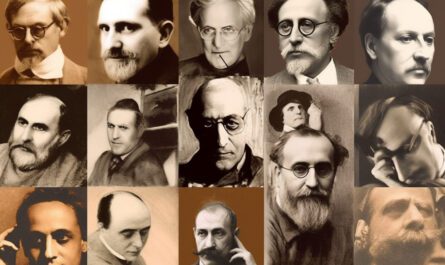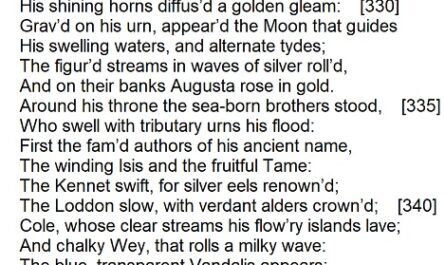This is the second part of a short essay comparing the ways in which natural landscape is described in select excerpts of Alexander Pope’s Windsor Forest and William Wordsworth’s Tintern Abbey.
Natural landscape in William Wordsworth’s Tintern Abbey
Tintern Abbey by William Wordsworth (an excerpt):

Wordsworth’s attitude toward the landscape is very different from that of Pope. He does not have to obey the rules of the classical verse, which makes his style free. The description he gives is an interesting mixture of the objective and the subjective. The objective is the immediate picture he sees, which consists of “these hedge-rows” or “little lines//Of sportive wood”, “these pastoral farms,//Green to the very door”, “wreaths of smoke//Sent up, in silence…”, etc. The subjective is his thoughts caused by looking at it: it is his opinion that “these steep and lofty cliffs… impress//Thoughts of more deep seclusion” [5-7] on the scene that already looks secluded, or the comparison that follows “… as might seem” [19]. The free verse technique helps the reader follow Wordsworth’s thoughts in a natural way: we don’t view the text as something labored, we read it with ease as if we were listening to a story told by a friend, as opposed to listening to an actor who recites the text of an ancient epic from the stage. The author’s position is that of an observer who finds himself in a place where he hasn’t been for a while and is plunged in thought and recollection, which is reflected in the pensive tone of the poem. Instead of creating complex metaphors and similes, Wordsworth lists everything he sees in an orderly manner. It is interesting that every part of the landscape mentioned by the author seems to be very far from him: the view that Wordsworth enjoys (“these plots of cottage-ground”, “orchard-tufts” [11] and “pastoral farms//Green to the very door” [16-17]) includes a lot of different elements, which makes the reader think the landscape is observed from a distance. At the same time, there is no “psychological” distance to nature, and personifications (such as “lines//Of sportive wood run wild” [15-16]) animating the images let the reader perceive the landscape as something living and friendly.
Comparing the two poems
Now let’s summarize. Both Pope and Wordsworth acknowledge the importance of nature, which is reflected in their depictions of landscape: in Windsor Forest this can be seen in elaborated tropes that pervade the poem, whereas in Tintern Abbey the landscape becomes a subject of deep reflections and causes various thoughts and observations. Both poets use personification, apparently to make nature seem similar (Pope) or closer (Wordsworth) to the man. However, if Pope’s descriptions dominate the reader’s reason and imagination in order to inspire awe, Wordsworth’s landscape is “friendly” and does not create a “distance” between the reader and itself. It seems that Pope’s landscape exists in chronicles alone, while that of Wordsworth is real and can be found nowadays under every dark sycamore. Unlike Pope who persuades the reader to keep marveling at the description and chooses his language accordingly, Wordsworth is not concerned with the necessity to fulfill any task and lets the reader decide how they feel about the picture drawn for them. Finally, in his Windsor Forest, Pope does not describe one landscape but switches between various ones (the rivers mentioned in the excerpt are located in different parts of England); Wordsworth, on the contrary, is calmly sitting underneath a tree telling us about the view that reveals itself to his attentive eye.
by Danil Rudoy
The depiction of natural landscape in Alexander Pope’s Windsor Forest


